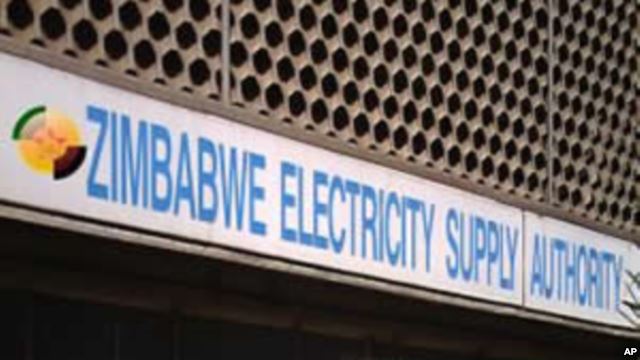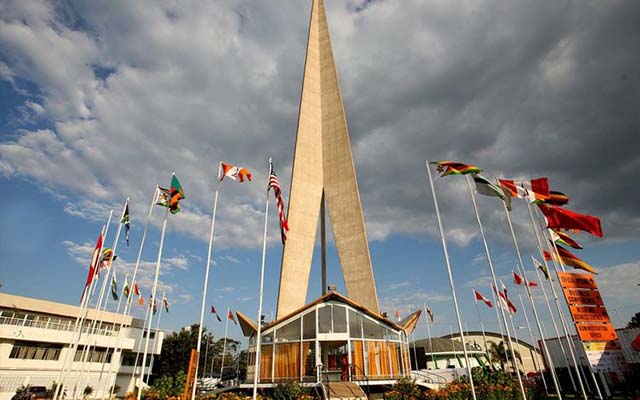RBZ offside on Zim$ demonetisation

Unlike demonetisations such as that of the former eurozone country currencies, use of multi-currencies in Zimbabwe was a nationally spontaneous transition, somewhat already on the boil before Government legalised it.
Martin Tarusenga
The Reserve Bank Monetary Policy Statement (MPS) announcing among other things the demonetisation of Zimbabwe dollar balances has prompted queries to pensioner organisations from its membership and from the public in general, about whether the $5 settlement to bank account holders applies to other asset holding such as pension and insurance contracts, unit trusts, paid-up permanent shares (PUPs), among others.
The flurry of queries is understandable considering their understanding of demonetisation and considering that the Finance Minister has already committed to settling pension and insurance contracts via the pending Commission of Inquiry.
Demonetisation is known as an act of stripping a currency unit of its status as legal tender.
It is necessary whenever there is a change of national currency, and is typically effected by changing the notes and coins of the currency.
The main purpose of an explicit demonetisation policy is to retain the value of asset holdings of the nation in the new currency coins and notes.
Once the value or exchange rate of the new note/coin is established in terms of the old ones, then all other asset holdings such as pension and insurance contracts, unit trusts, paid-up permanent shares, among others, can simply be restated in terms of the new currency basic units – the bank notes and coins. For instance, if demonetisation valued one old Zim dollar note to be worth US$0,50, any insurance policy contract undertaking to pay old ZW$20 000, would be restated to pay US$10 000.
To the extent that such demonetisations affect the wealth of the general public, there should always be wide consultations among the stakeholders.
The demonetisation of the currencies of member countries of the eurozone, for instance, back in late 2001 through to early 2002, consisted of establishing the conversion rates between the participating national currencies and the euro (the new currency).
The conversion rates were determined based on the market rates of December 31, 1998 so that one ECU would equal one euro – the European Currency Unit (ECU) having been introduced in 1979 as a fixed exchange rate mechanism for European (fiat) paper currencies.
Once the value of the euro against a given currency had been established, pension and insurance contract values in the given Euro country, previously stated in ECU and/or the country’s old currency, would be restated in new euro values. There was wide consultation that even precipitated national referendums.
The Zim dollar was retired essentially at the end of 2008 as a matter of necessity, when it was no longer practical to use same as legal tender.
The Government of Zimbabwe then allowed use of several currencies in place of the Zim dollar. The United States dollar and the South African rand became the most popular replacements of the Zim dollar. Unlike demonetisations such as that of the former eurozone country currencies, use of multi-currencies in Zimbabwe was a nationally spontaneous transition, somewhat already on the boil before Government legalised it.
At the time, few Zimbabweans cared about the predominantly Zim dollar bearer cheques then serving as the basic currency units for day-today transactions – these latter Zim dollar basic currency units had systemically gone down to zero in value.
As of the date of the MPS, the Government had only announced how it is going to settle pension contracts via a pending Commission of Inquiry.
In this MPS the RBZ provides that “ . . . All genuine or normal bank accounts, other than loan accounts, as at December 31, 2008 would be paid a equal flat amount of US$5 per account. The then prevailing United Nations (UN) exchange rate would be used to convert Zim dollar balances that were as a result of arbitrage opportunities “burning” and for Zim dollar cash to be received from the walk-in banking public . . . ”
It is not apparent what valuation approach the RBZ used to come up with a flat amount of US$5 for “ . . . genuine or normal bank accounts . . .” The MPS does not make reference to how other Zim dollar asset holdings such as the Zim dollar notes and coins, unit trusts, PUPs, among others translate from their flat US$5 for bank accounts.
This MPS announcement does not look like it was sufficiently comprehensive considering the range of investments that the public had potentially made with the banking system.
It further did not explain its rationale for a valuation approach leading to a flat US$5.
The valuation is certainly not satisfactory and equitable, to Zimbabweans with varying levels of Zim dollar bank balances in 2008 accumulating over different savings periods.
The valuation defeats the whole policy of distinguishing between those that had one trillion Zim dollars and those that had twenty trillion Zim dollars, those that had deposited in the 1980s, or the 1990s and so on.
Considering that the Zim dollar operating prior to July 2006 was more valuable, than the one thereafter, a holder of bank balances made prior to 2006 would justifiably expect to be compensated more than the one making the deposit in 2008. It is apparent that much of the RBZ’s problems with the querying banking public are more to do with the non-negligible savings that had been made over relatively long periods.
The RBZ certainly need to be more transparent, professional and consult more widely regarding demonetisation, if they are to maintain public trust, and achieve monetary policy objectives of mediating scarce areas from the public to priority economic sectors, such as to maintain economic growth and stability.
Martin Tarusenga is General Manager of Zimbabwe Pensions and Insurance Rights. Email: [email protected]; telephone; +263 (0)4 883057; Mobile; +263 (0)772 889 716. Opinions expressed herein are those of the author and do not represent those of the organisations that the author represent










Comments